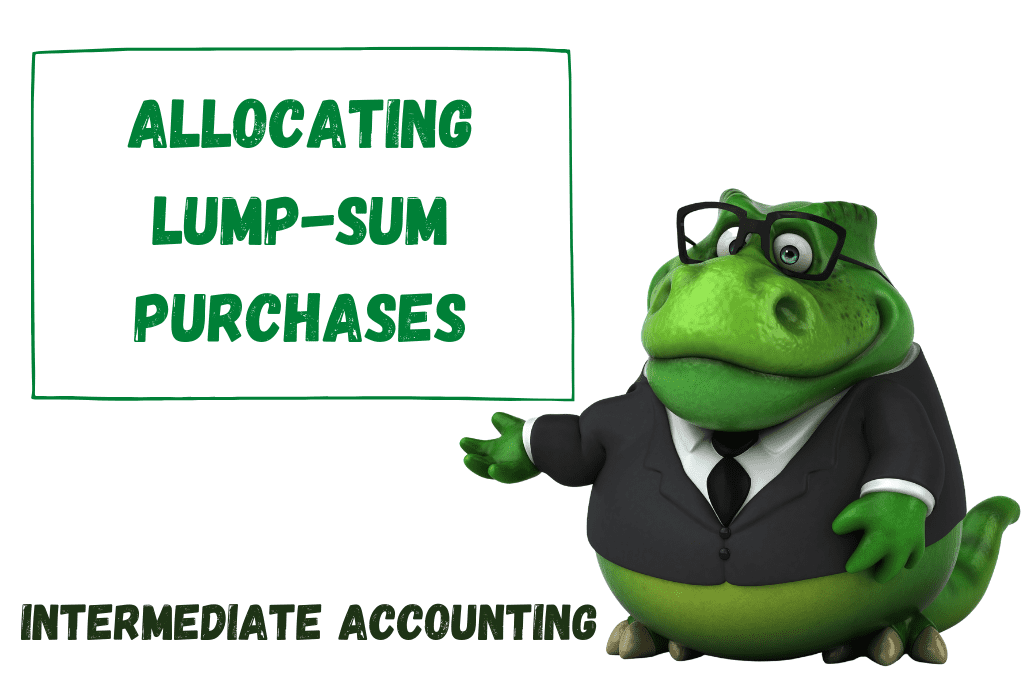When a company acquires multiple assets in a lump sum, it must allocate the lump-sum acquisition price to the individual assets. This is done using the fair market value method.
Under the fair market value method, the company must estimate the fair market value of each asset acquired. The fair market value is the amount that the asset would be exchanged for between willing buyers and sellers in an arm’s length transaction.
Once the fair market value of each asset has been estimated, the lump-sum acquisition price is allocated to the individual assets based on their relative fair market values.
Example:
A company acquires a building and some land for a lump sum of $1 million. The building is estimated to have a fair market value of $800,000 and the land is estimated to have a fair market value of $200,000. The company would allocate $800,000 to the building and $200,000 to the land.
The allocation of the lump-sum acquisition price has a significant impact on the company’s financial statements. The assets that are allocated a larger portion of the lump-sum acquisition price will have a higher basis and will be depreciated over a shorter period of time.
The allocation of the lump-sum acquisition price is also important for tax purposes. The company will be able to deduct the cost of the assets that are allocated a larger portion of the lump-sum acquisition price over a shorter period of time.

